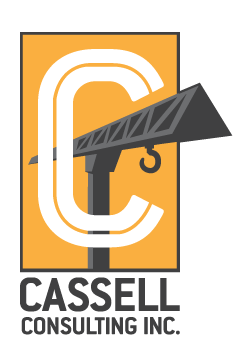15 Tips for Best-Practices Scheduling
While discussing scheduling with a client in Hawaii recently, I found myself repeating over and over, a variation of “…scheduling best practices include…” Hearing these words repeatedly set me to thinking that I hadn’t recently seen scheduling guidelines set out in a concise, straightforward document. So here goes an attempt at that lofty goal.
- Rule # 1: Always maintain the best interests of the project in the schedule
- Rule # 2: Always maintain high ethical standards in building the project schedule
- That said, to paraphrase an old saying, “the hand builds the schedule, rules the project.” (You are in control over how you represent shades of gray. Represent your company’s best interests, as long as you comply with #1 & #2 above)
- Complete the logical network
- Don’t leave any open-ended activities.
- Every activity but the first has a predecessor, every activity but the last has a successor.
- Use the entire contract duration in the initial project schedule (IPS). Promising early completion carries significant legal implications, and is therefore often unwise.
- Be realistic with the logical network. Avoid “waterfall scheduling” (excessive Finish Start relationships where Start to Start is more accurate).
- Keep relationships simple. In most cases, activities should have only one predecessor and one successor. This makes the schedule much easier to maintain & update accurately.
- Use as few constraints as possible. Constraints should be determined by the Contract.
- An Activity does ONE type of action, and has CONTINUOUS duration. If the activity fails to comply with either rule, use multiple activities instead.
- Good scheduling is a balance between generalization and detail. More detailed items are easier to assess per cent complete accurately , but don’t get carried away with minutiae.
- Fifteen days is a good rule of thumb for maximum duration, (for construction activities). If an activity takes longer, it’s probably better represented as multiple activities.
- Whenever possible, use an Activity not Lag. (Concrete curing isn’t lag, it’s an activity).
- Cost load the schedule activities to total the contract value. Thus, monthly status update with the Owner will accurately calculate the current pay app amount, automatically.
- Assign Responsibility to every activity. If Owner actions delay the project, you can substantiate a claim for additional time.
- Always get approval and baseline the IPS, prior to updating any progress. This Baseline is what all parties agreed to, and is the legal basis for the committed project duration.
- Update the schedule weekly.
Happy Scheduling!




